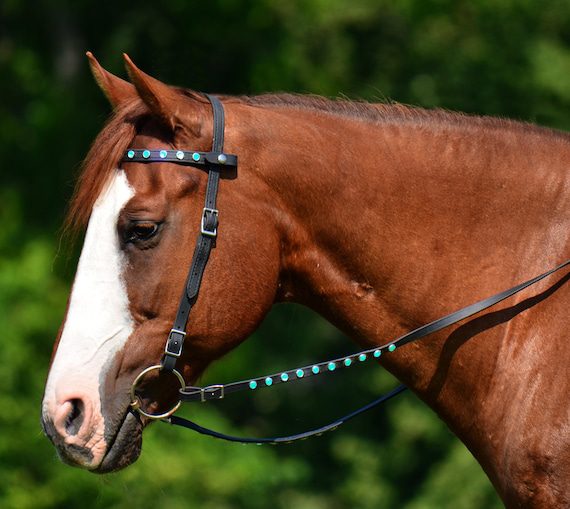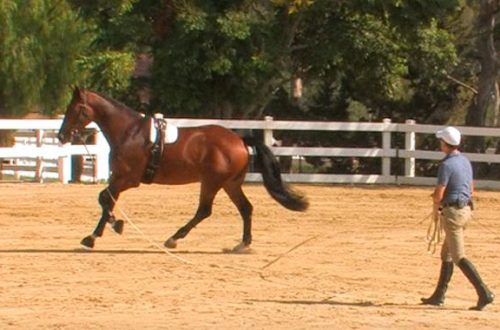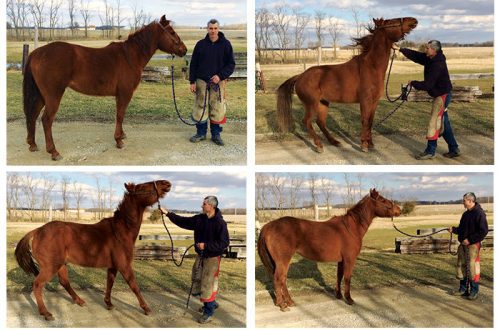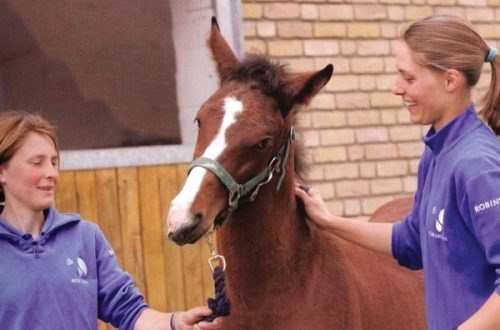
Size matters. Part 1. Halters and bridles.
When choosing ammunition,Each equestrian must know the size of the future purchase, because the comfort of the animal, its well-being, mood and, as a result, the disposition to work largely depend on this.
First, you need to understand that the thing should not “hang out” freely or be too tightly tightened. So, for example, a too tightly fixed halter often causes a horse to break off at the junctions: the horse feels “caught in a vise” and panics.
Between the cheek strap and the jaw of a horse wearing a properly fitted bridle, the palm should pass, between the capsule and the nose of the horse, as well as between the forehead and the forehead of the horse – two fingers. The browband should not be too short (otherwise it will pinch the skin behind the horse’s ears), nor too long (so it will pull the bridle forward).
To determine the right size, you will need a household measuring tape (centimeter).
The size of the halter will depend on the length of the halter belt (the distance from one halter ring to the other through the back of the head of the animal is measured).
When measuring before choosing a headband, you can do the following: determine the distance from the location of one snaffle ring (A) to another (B) across the nape of the horse.

Note that manufacturers use standard size tables. After doing even a little Internet research, you can see that the indicated sizes often differ, as do their designations.
We present the most frequently used table:
Size | Name | Length (cm) |
XF | Large/Oversize (large horse) | 110-120 |
F | Average/Full (medium horse) | 100-113 |
С | Cobb/Arab/Small Horse | 93-100 |
Р | Yearling-Pony (adult pony) | 85-95 |
foal | Weaning-Small Pony (foal – small pony) | 75-88 |
S | Suckling | 68-78 |
If, while in the store and studying the product, you hesitate before making a choice and it seems to you that the product, labeled, it would seem that the size is suitable for you, is not, measure it yourself:

The choice of halters and bridles is now very wide, but, having thought about your aesthetic preferences and financial possibilities, pay attention to tactile contact with the thing. Is it nice to hold a halter in your hands? Are there soft inserts on the nose and back of the head? Does the bridle have rigid elements adjacent to the body?
Often it is these little things that cause abrasions and even deep wounds in horses!
Lyubov Selezneva, saddle selection consultant (https://vk.com/sedla)
 Rider-No-Head 26 April 2018 city
Rider-No-Head 26 April 2018 cityThank you very much for the information. Very useful. Now I can order a bridle without trying it on! Answer





